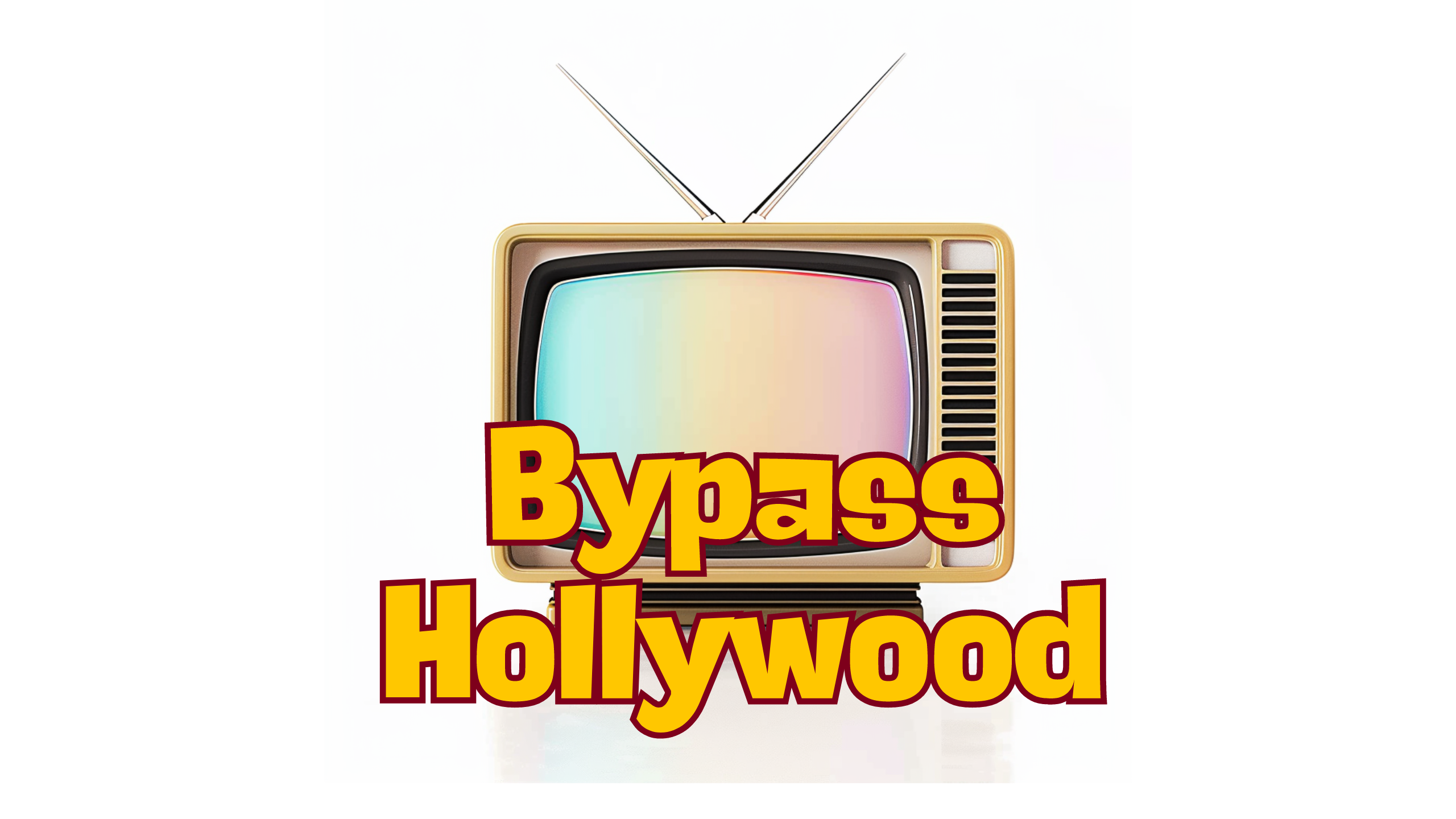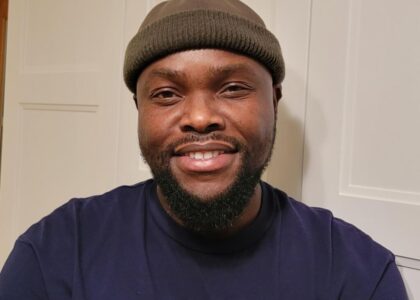

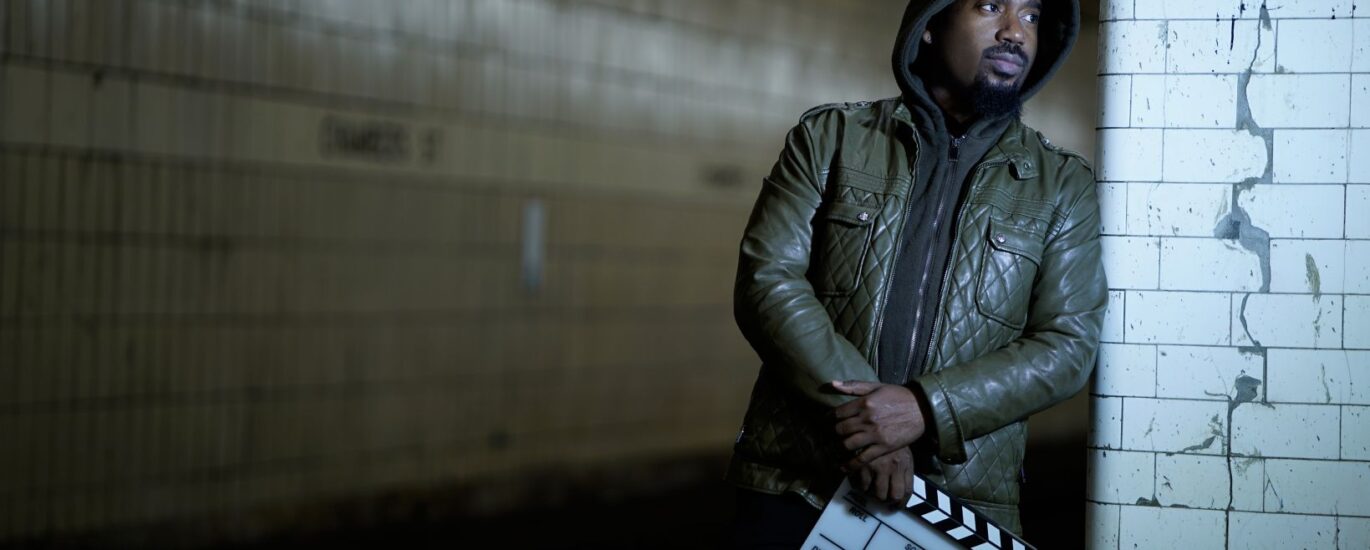
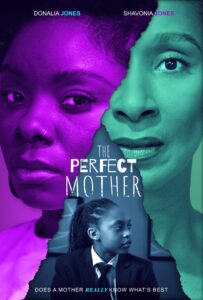 Whether you are an aspiring filmmaker or a studio executive who was just laid off this story is for you. In the dynamic world of independent filmmaking, few stories are as compelling as that of Mazi Oyo aka Mazi O. Born into a sprawling African and Islamic family, Oyo’s roots stretch from Nigeria to Sudan, and beyond. From a humble beginning in New York’s radio scene and homeless hopping from couch to couch to becoming a successful independent filmmaker in Atlanta, Oyo’s journey is a testament to perseverance, innovation, and a relentless pursuit of passion.
Whether you are an aspiring filmmaker or a studio executive who was just laid off this story is for you. In the dynamic world of independent filmmaking, few stories are as compelling as that of Mazi Oyo aka Mazi O. Born into a sprawling African and Islamic family, Oyo’s roots stretch from Nigeria to Sudan, and beyond. From a humble beginning in New York’s radio scene and homeless hopping from couch to couch to becoming a successful independent filmmaker in Atlanta, Oyo’s journey is a testament to perseverance, innovation, and a relentless pursuit of passion.
With his films making significant financial waves and his dedication to independent film distribution, Oyo’s insights into the industry are both enlightening and inspiring. In this exclusive interview, Oyo delves into his background, the nuances of independent filmmaking, and the future of ethnic films in the digital age.
We discuss how he was able to go from being homeless to making over $150,000 per film without a traditional movie studio or TV network backing him and how he was able to shoot one film for less than two thousand dollars.
Jeff Rivera: I was inspired by your journey and wanted to ask you some basics. Can you tell us about your background and what led you to filmmaking?
Oyo: I began in the entertainment field with audio. I worked at a radio station in New York, 99.5 FM, dealing with political issues. I did audio editing and transitioned into music production and sound design. My shift to video work was quite serendipitous. I bought a mini digital camera from a home shopping network, and it opened my eyes to cinematography. From there, I was hooked.
And the rest is history. You’ve achieved financial success with films you’re passionate about. Why do you think you succeeded where others only dream?
Oyo: I’m a nerd at heart and very analytical. I love drilling down into data, understanding where clicks come from and why. When I moved to Atlanta, I learned about independent film distribution and streaming platforms. A friend at Dame Dash’s distribution company and others in the indie film scene taught me the ropes. I discovered a whole marketplace where people were making substantial money from projects Hollywood wouldn’t touch. The key difference between success and failure in indie films is marketing. You have to promote your work relentlessly.
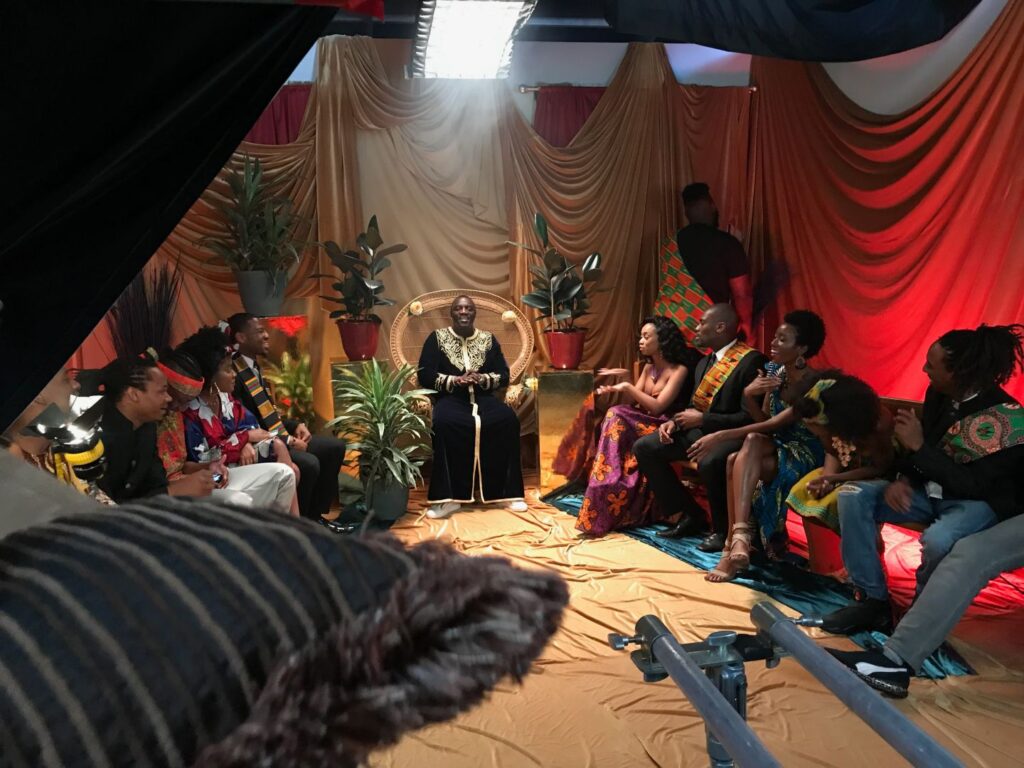
Given the saturation in the market, especially for ethnic films, do you think there’s still room for success?
Oyo: Yes and no. While it feels saturated, the growing population constantly renews the audience. There’s always someone who hasn’t seen the content you think is old. Plus, our stories haven’t fully evolved in the mainstream. We have a rich cultural history with countless untold stories, from Africa to our experiences in the diaspora. There’s always room for new narratives.
What are the advantages and disadvantages of being an independent filmmaker?
Oyo: The biggest advantage is control over your intellectual property and the stories you tell. The independent space offers more freedom compared to Hollywood, which historically hasn’t favored African Americans. The downside is the lack of resources and support that big studios can provide. However, with technology and a good team, you can overcome these challenges.
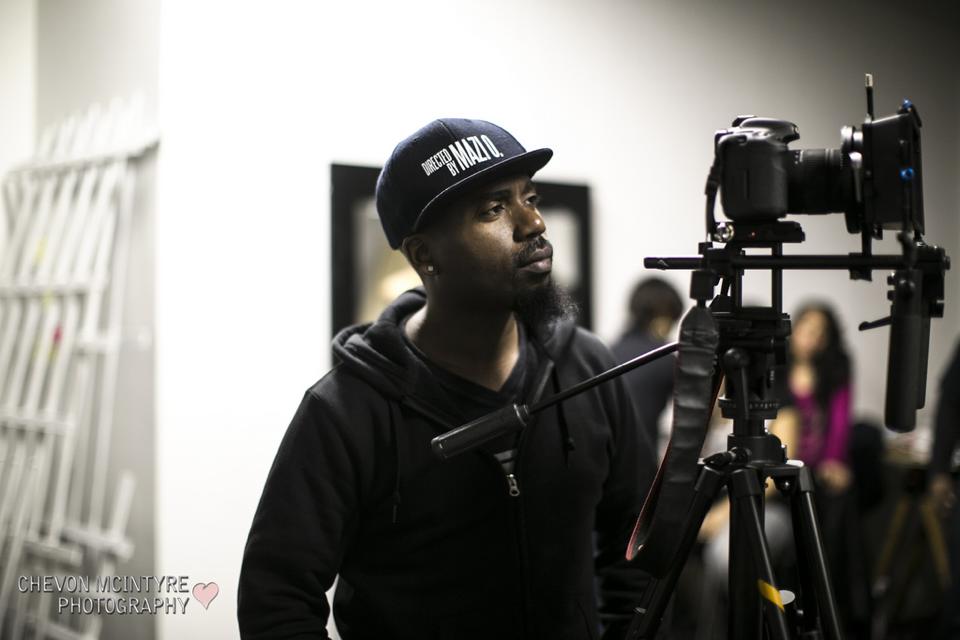
If you were starting your career over today, what would you do differently?
Oyo: I’d focus on building a strong team of like-minded individuals and creating within my means. You don’t need a huge budget. Ryan Reynolds’ movie “Buried” was shot in a single location but was compelling. Create around what you have access to and tell a compelling story.
What marketing strategies have worked best for you?
Oyo: Social media engagement, especially Facebook groups, has been crucial. Posting in groups dedicated to your platform, like Tubi, can significantly increase visibility. Also, using Facebook Meta ads to target specific audiences is effective. Traditional marketing, like handing out flyers, also helps build a personal connection.
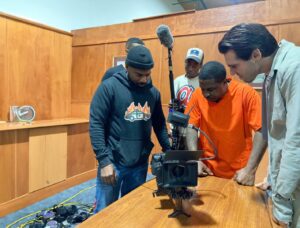 Many people say they can’t make films due to a lack of money. How cheap can you shoot a quality movie, and what does quality mean to you?
Many people say they can’t make films due to a lack of money. How cheap can you shoot a quality movie, and what does quality mean to you?
Oyo: Quality is subjective and can be achieved on a low budget. My horror movie “Xavier” was shot for less than $5,000 over nine days. Owning your equipment and negotiating with actors can reduce costs significantly. Create with what you have access to and tell your story.
You mentioned courses. Can you tell us more about them?
Oyo: Yes, I’m working on courses about independent filmmaking and marketing, which will be available by the end of July. These include mini-courses on shooting with mobile devices and professional filmmaking tips.
How much have you made from your films so far?
Oyo: The first project made about $160,000. The latest one is on track to hit $100,000 by the end of the year. Future projects are expected to break the $100,000 mark as well.
And how low can you shoot a film?
Oyo: Very low. With owned equipment and deferred payments to actors, you can start with virtually no budget. “Til Death Do Us” was shot for under $2000. So far I haven’t had to spend more than $5k -$10k on a project.
Any final thoughts or projects you want to share?
Oyo: Check out my movie “Till Death Do Us” (2024). It’s not perfect, but it shows that even flawed projects can succeed and generate revenue. I have upcoming films, including “Conspiracy X” in July and “Xavier,” which will be out by Halloween. Focus on creating series, as they offer greater potential for success and appeal to streaming platforms.
Mazi Oyo’s journey from radio to independent filmmaking is a beacon of inspiration for aspiring filmmakers. His ability to adapt, innovate, and succeed in a challenging industry underscores the importance of perseverance and creativity. With a focus on marketing, leveraging technology, and telling compelling stories within one’s means, Oyo has carved a niche in the independent film world. His upcoming projects and educational initiatives promise to further influence and empower the next generation of filmmakers.
